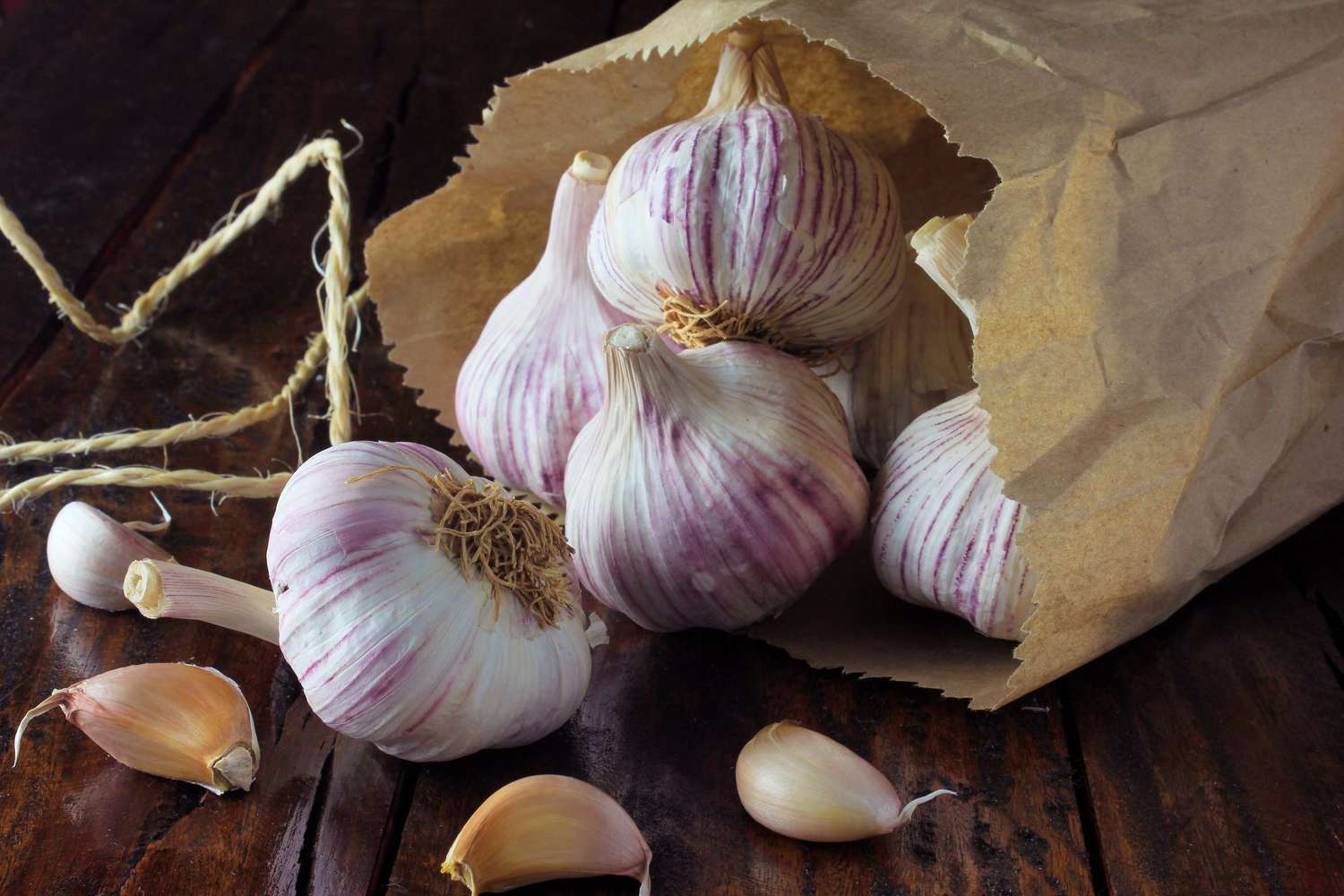

Articles
How To Store Raw Garlic
Modified: February 24, 2024
Learn how to properly store raw garlic to keep it fresh and flavorful for longer. Discover the best storage methods and tips in this informative article.
(Many of the links in this article redirect to a specific reviewed product. Your purchase of these products through affiliate links helps to generate commission for Storables.com, at no extra cost. Learn more)
Introduction
Garlic, with its unique flavor and aroma, is a staple ingredient in many cuisines around the world. Not only does it add depth and complexity to dishes, but it also offers numerous health benefits. From boosting the immune system to reducing inflammation, garlic has long been celebrated for its medicinal properties. However, to fully harness its flavor and health benefits, proper storage of raw garlic is crucial.
Improper storage can result in garlic losing its flavor, potency, and texture. The last thing you want is to have a bland and rubbery clove of garlic when preparing your favorite meals. Additionally, storing garlic incorrectly can shorten its shelf life, leading to waste and unnecessary trips to the grocery store.
In this article, we will explore the importance of proper storage for raw garlic, the factors that affect garlic storage, ideal storage conditions, different methods to store raw garlic, and tips on extending its shelf life. By following these guidelines, you can ensure that your garlic remains fresh, flavorful, and ready to elevate your culinary creations.
Key Takeaways:
- Proper storage of raw garlic is essential to maintain its flavor, aroma, and nutritional value. By understanding ideal storage conditions and avoiding common mistakes, you can ensure your garlic remains fresh and flavorful.
- Whether storing whole bulbs, individual cloves, or peeled/minced garlic, proper air circulation and monitoring for spoilage are crucial. By following recommended storage methods and tips, you can extend the shelf life of raw garlic and enjoy its benefits for longer.
Read more: How To Store Raw Beef
Importance of Proper Storage for Raw Garlic
Proper storage of raw garlic is essential to maintain its flavor, aroma, and nutritional value. When garlic is stored incorrectly, its quality deteriorates, resulting in a less flavorful and less potent ingredient for your dishes. Here are a few reasons why proper storage is crucial:
1. Flavor Preservation: Garlic is known for its distinct flavor and aroma, which can enhance the taste of various dishes. Proper storage helps preserve the garlic’s flavor profile, ensuring that it retains its pungency and intensity.
2. Texture Retention: Fresh garlic cloves are firm and crisp, allowing for easier slicing, mincing, or crushing. By storing garlic properly, you can prevent it from becoming soft, rubbery, or shriveled, thereby preserving its desired texture.
3. Nutritional Value: Garlic is packed with beneficial compounds like allicin, which has numerous health benefits. However, improper storage and prolonged exposure to air or sunlight can cause the breakdown of these compounds, leading to a loss of nutritional value.
4. Cost Savings: Garlic that is not stored correctly may spoil quickly, resulting in wasted ingredients and unnecessary expenses. By extending the shelf life of raw garlic through proper storage, you can minimize waste and save money in the long run.
5. Convenience and Accessibility: Having properly stored garlic readily available in your kitchen means you can enjoy its flavors and benefits whenever you need them. You won’t have to rush to the grocery store or compromise on the taste of your dishes due to poorly stored garlic.
By recognizing the importance of proper storage for raw garlic, you can ensure that you are getting the most out of this versatile ingredient. In the next section, we will explore the factors that affect garlic storage and how to create an ideal storage environment for your garlic cloves.
Factors That Affect Garlic Storage
Several factors can impact the storage life and quality of raw garlic. By understanding these factors, you can take appropriate measures to ensure optimal storage conditions for your garlic cloves. Here are the key factors that affect garlic storage:
1. Temperature: Garlic is best stored at temperatures between 55°F and 65°F (13°C and 18°C). Extreme temperatures, either too hot or too cold, can cause garlic to spoil or sprout prematurely. Therefore, it is important to avoid storing garlic near heat sources or in areas prone to temperature fluctuations, such as above the stove or near the refrigerator’s cooling vents.
2. Humidity: Garlic prefers low humidity levels, ideally around 60-70%. High humidity can accelerate the growth of mold and cause garlic cloves to become soft and spoil quickly. On the other hand, extremely dry air can lead to garlic dehydration. To maintain the right humidity levels, store garlic in a cool and dry place, away from moisture sources like the sink or dishwasher.
3. Light Exposure: Garlic should be stored in a dark environment. Exposure to light can lead to the development of green shoots or sprouts, which alter the flavor and reduce the shelf life of the garlic. It is best to store garlic in opaque containers or keep it in a pantry or cabinet where it is shielded from light.
4. Air Circulation: Adequate airflow is crucial for storing garlic. Lack of ventilation can create a humid environment, leading to the growth of mold or mildew. Avoid storing garlic in airtight containers or plastic bags, as these can trap moisture and promote spoilage. Instead, opt for mesh bags, wire baskets, or garlic keepers that allow for proper air circulation.
5. Quality of Garlic: The quality of the garlic at the time of purchase or harvest can affect its storage life. Choose garlic bulbs that are firm, plump, and free from sprouting, mold, or damage. Garlic with intact skin and tight cloves tend to have a longer shelf life compared to those that are already showing signs of decay.
By considering these factors when storing garlic, you can create an environment that promotes longer storage life and helps maintain the quality and flavor of your garlic cloves. In the next section, we will delve into the ideal storage conditions for raw garlic.
Ideal Storage Conditions for Raw Garlic
To ensure the longevity and quality of raw garlic, it is important to provide the ideal storage conditions. By creating the right environment, you can extend the shelf life and preserve the flavor and nutritional value of your garlic cloves. Here are the ideal storage conditions for raw garlic:
1. Location: Choose a cool, dry, and dark location to store your garlic. A pantry, cupboard, or cellar is ideal. Avoid storing garlic in areas that are exposed to direct sunlight or high temperatures, such as near windows or on countertops next to the stove.
2. Temperature: Garlic should be stored at a temperature range of 55°F to 65°F (13°C to 18°C). This moderate temperature helps to slow down the sprouting process and reduce the risk of rotting or premature spoilage. Avoid storing garlic in the refrigerator or freezer, as the cold temperatures can cause the cloves to become rubbery and lose flavor.
3. Humidity: Garlic prefers a low humidity environment, ideally around 60-70%. Excessive humidity can promote the growth of mold and cause the cloves to become soft and mushy. To maintain the right humidity levels, store garlic in a dry area and avoid storing it near sources of moisture, such as the sink or dishwasher.
4. Air Circulation: Proper air circulation is vital for storing garlic. Avoid storing garlic in airtight containers or plastic bags, as it can trap moisture and lead to rotting. Instead, opt for breathable containers, such as mesh bags, wire baskets, or garlic keepers, that allow air to circulate around the cloves.
5. Separation: Garlic cloves should be stored loose or in a mesh bag, rather than in a sealed container or plastic bag. By keeping them separate, you ensure that any moisture or mold on one clove does not spread to the rest.
By following these ideal storage conditions, you can prolong the shelf life of your raw garlic and ensure that it remains fresh, flavorful, and ready to enhance your culinary creations. In the next section, we will explore different methods to store raw garlic, so you can choose the one that suits your needs.
Different Methods to Store Raw Garlic
There are several methods you can use to store raw garlic, depending on your preferences and available resources. Each method offers its own benefits in terms of convenience, ease of access, and preservation of flavor. Here are a few popular methods to store raw garlic:
1. Whole Bulb: One of the simplest ways to store raw garlic is to keep it in its whole bulb form. Choose garlic bulbs that are firm, plump, and free from any signs of damage or sprouting. Store the entire bulb in a cool, dry, and well-ventilated area, such as a pantry or cupboard. This method allows the garlic to stay fresh for several weeks to a few months, depending on the quality and freshness of the bulbs.
2. Individual Cloves: Another option is to separate the garlic bulb into individual cloves and store them separately. This method allows for easier accessibility and helps to prevent the cloves from spoiling all at once. Place the cloves in a mesh bag or an open container and store them in a cool and dry area.
3. Garlic Braid: For a visually appealing and space-saving storage method, you can create a garlic braid. To do this, take a bunch of garlic bulbs and twist the stalks together to form a braid. Hang the braid in a cool and well-ventilated area, away from direct sunlight. This method not only adds a decorative element to your kitchen but also allows for good air circulation, extending the shelf life of the garlic.
4. Garlic Keeper or Pot: A garlic keeper, also known as a garlic pot or garlic jar, is a specialized container designed to store garlic. These containers usually have holes or vents to allow for proper air circulation. Place the garlic bulbs or cloves in the pot, close the lid or cover, and store it in a cool and dark place. This method helps to maintain the optimal storage conditions for garlic while keeping it easily accessible.
5. Freezing: If you have excess garlic that you want to preserve for an extended period, you can freeze it. Peel the cloves and place them in a freezer-safe bag or container. Freezing garlic can alter its texture and make it slightly milder in flavor, but it is still usable in cooking. This method is especially useful for minced or crushed garlic that you want to have on hand for quick and easy use.
Remember, no matter which method you choose, it is important to monitor your garlic regularly for any signs of spoilage. Remove any cloves that show mold, rot, or sprouting to prevent them from affecting the rest of the batch. By selecting the right method and storing your garlic properly, you can enjoy its flavor and health benefits for an extended period.
Store raw garlic in a cool, dark, and well-ventilated place, such as a pantry or a garlic keeper. Avoid storing it in the refrigerator, as the moisture can cause it to sprout or become moldy.
Read more: How To Store Garlic
Storing Peeled or Minced Garlic
Peeled or minced garlic can be a convenient option for quick and easy cooking. However, storing peeled or minced garlic requires some additional considerations to maintain its freshness and quality. Here are a few methods for storing peeled or minced garlic:
1. Refrigeration: One common method for storing peeled or minced garlic is to keep it in the refrigerator. Place the peeled cloves or minced garlic in an airtight container or ziplock bag and store it in the refrigerator. Make sure to label the container or bag with the date to keep track of its freshness. Refrigerated peeled or minced garlic can last for about one week, but keep in mind that its flavor and aroma may diminish over time.
2. Freezing: If you want to store peeled or minced garlic for longer periods, freezing is a viable option. Portion the minced garlic into small ice cube trays or an ice cube bag and cover with olive oil or vegetable oil to prevent freezer burn. Once frozen, transfer the cubes into a freezer-safe bag or container. Frozen minced garlic can be stored for up to 3 months. However, be aware that freezing can affect the texture and flavor of garlic, making it slightly milder.
3. Oil Preservation: Another method to store peeled or minced garlic is by preserving it in oil. This method helps to prevent oxidation and maintain the flavor of the garlic. Place the minced garlic in a clean, sterilized jar and cover it with olive oil or vegetable oil, making sure all the garlic is submerged. Seal the jar tightly and store it in the refrigerator. Garlic preserved in oil can last for several weeks, but always check for signs of spoilage, such as an off smell or growth of mold.
4. Dehydration: If you prefer a more concentrated flavor and longer shelf life, dehydrating peeled or minced garlic is a great option. You can use a food dehydrator or an oven set to low heat to remove moisture from the garlic. Once dried, store the garlic in an airtight container in a cool, dark place. Dried garlic can be rehydrated when needed by soaking it in warm water or adding it directly to recipes that require cooking with liquid.
When storing peeled or minced garlic, it’s important to practice good hygiene and sanitation. Use clean utensils and containers, and always wash your hands before handling garlic to prevent contamination. Additionally, regularly inspect the stored garlic for any signs of spoilage, such as discoloration, mold, or off-putting odors.
By applying these storage methods to peeled or minced garlic, you can have a convenient and readily accessible ingredient that retains its quality and adds flavor to your dishes.
Common Mistakes to Avoid While Storing Raw Garlic
Proper storage of raw garlic is essential to maintain its freshness, flavor, and quality. However, there are several common mistakes that people make when storing garlic, which can lead to premature spoilage or a loss of flavor. Here are some mistakes to avoid while storing raw garlic:
1. Storing in the Refrigerator: Storing raw garlic in the refrigerator may seem like a logical choice to keep it fresh, but it can actually lead to the cloves becoming soft, rubbery, and lose their flavor. The cold temperature of the refrigerator can alter the texture and taste of garlic. Instead, opt for a cool and dry place, such as a pantry or cupboard, away from heat and light.
2. Storing in a Plastic Bag or Sealed Container: Garlic needs good air circulation to prevent moisture buildup, which can lead to mold or spoilage. Storing garlic in a sealed plastic bag or airtight container traps moisture, making it more prone to rot. Instead, use a mesh bag, wire basket, or a garlic keeper that allows for proper air circulation.
3. Storing near Moisture Sources: Garlic cloves are highly sensitive to moisture. Storing them near moisture sources, such as the sink, dishwasher, or a humid area, can cause them to become soft, develop mold, or sprout prematurely. Ensure that the storage area is dry and away from any potential moisture sources.
4. Exposing to Direct Sunlight: Light exposure can trigger the sprouting process in garlic, altering its flavor and reducing its shelf life. Avoid storing garlic in areas that are exposed to direct sunlight, such as near windows or on countertops. Instead, store it in a dark and cool place, like a pantry or cupboard.
5. Failing to Monitor for Spoilage: It is important to regularly inspect stored garlic for any signs of spoilage, such as mold, sprouting, softening, or an off smell. Removing any spoiled cloves promptly can prevent the spoilage from spreading to the rest of the batch.
6. Not Separating Cloves: Storing garlic cloves that are still attached in a bulb can lead to faster spoilage. When one clove starts to spoil, it can quickly affect the others. Separate the cloves before storing them to minimize the risk of contamination.
7. Storing Damaged or Spoiled Garlic: Storing garlic that is already damaged, bruised, or showing signs of spoilage is a recipe for disaster. Always select fresh and healthy garlic bulbs or cloves for storage to ensure the best possible shelf life.
By avoiding these common mistakes and following proper storage practices, you can extend the shelf life of your raw garlic and maintain its optimal flavor and quality. In the final section, we will discuss some tips on how to extend the shelf life of raw garlic.
Tips to Extend the Shelf Life of Raw Garlic
To maximize the shelf life and quality of raw garlic, there are several tips and tricks you can follow. By implementing these practices, you can ensure that your garlic remains fresh, flavorful, and ready to use whenever you need it. Here are some tips to extend the shelf life of raw garlic:
1. Choose Fresh Garlic: Start with high-quality, fresh garlic bulbs or cloves. Look for bulbs that are firm, plump, and free from any signs of damage, sprouting, or mold. Fresh garlic will have a longer shelf life and better flavor.
2. Store in a Cool and Dry Place: Garlic prefers cool temperatures ranging from 55°F to 65°F (13°C to 18°C). Find a cool and dry area in your kitchen, such as a pantry or cupboard, to store your garlic. Avoid storing it near heat sources, such as the stove or oven, as excess heat can cause premature spoiling.
3. Adequate Air Circulation: Garlic needs proper airflow to prevent moisture buildup. Use containers that allow for good air circulation, such as mesh bags, wire baskets, or garlic keepers. Avoid storing garlic in airtight containers or plastic bags, as they can trap moisture and lead to rot.
4. Avoid Exposure to Light: Keep garlic away from direct sunlight, as this can trigger sprouting and alter the flavor. Store garlic in a dark area, such as a pantry or cupboard, to maintain its quality.
5. Separate Damaged or Spoiled Cloves: If you notice any cloves that are damaged, bruised, moldy, or starting to sprout, remove them from the batch. The presence of spoiled cloves can accelerate the spoiling process of the rest.
6. Refrain from Peeling in Advance: It is best to peel garlic cloves just before using them. Garlic loses its freshness and quality more quickly once it is peeled. By keeping the cloves in their skins until ready for use, you can extend their shelf life.
7. Regularly Inspect for Spoilage: Check your stored garlic regularly for any signs of spoilage, such as mold, sprouting, softening, or an off smell. Removing any spoiled cloves promptly can prevent the spoilage from spreading to the rest of the batch.
8. Avoid Refrigeration: Refrigeration can alter the texture and flavor of raw garlic. Unless it has been peeled or minced, it is best to store garlic at room temperature in a cool and dry place.
By following these tips, you can significantly extend the shelf life of raw garlic and maintain its optimal flavor and quality. Remember, proper storage and regular monitoring are key to keeping garlic fresh and ready for use in your favorite recipes.
Conclusion
Proper storage of raw garlic is crucial to maintain its flavor, aroma, and nutritional value. By understanding the importance of storage, considering the factors that affect garlic storage, and implementing the recommended methods, you can ensure that your garlic remains fresh, flavorful, and ready to elevate your culinary creations.
Remember to choose fresh garlic bulbs or cloves and store them in a cool, dry, and dark place. Avoid common mistakes such as storing garlic in the refrigerator, using airtight containers, or exposing it to direct sunlight. Instead, opt for breathable containers, provide adequate air circulation, and separate any damaged or spoiled cloves.
If you prefer peeled or minced garlic, be mindful of the specific storage requirements. Refrigerate peeled garlic for short-term use or freeze it for longer-term storage. Preserve minced garlic in oil or dehydrate it for concentrated flavor and longer shelf life.
Regularly monitor your stored garlic for signs of spoilage, and promptly remove any affected cloves to prevent the spread of rot. Following these tips and best practices will help you extend the shelf life of your raw garlic, reduce waste, and save money.
Whether you’re using garlic to add depth to your dishes or reaping its numerous health benefits, proper storage ensures that you can fully enjoy the flavor and advantages of this versatile ingredient. So, remember to store your garlic in the ideal conditions, pay attention to its quality, and make the most out of its potential in your culinary endeavors.
Frequently Asked Questions about How To Store Raw Garlic
Was this page helpful?
At Storables.com, we guarantee accurate and reliable information. Our content, validated by Expert Board Contributors, is crafted following stringent Editorial Policies. We're committed to providing you with well-researched, expert-backed insights for all your informational needs.
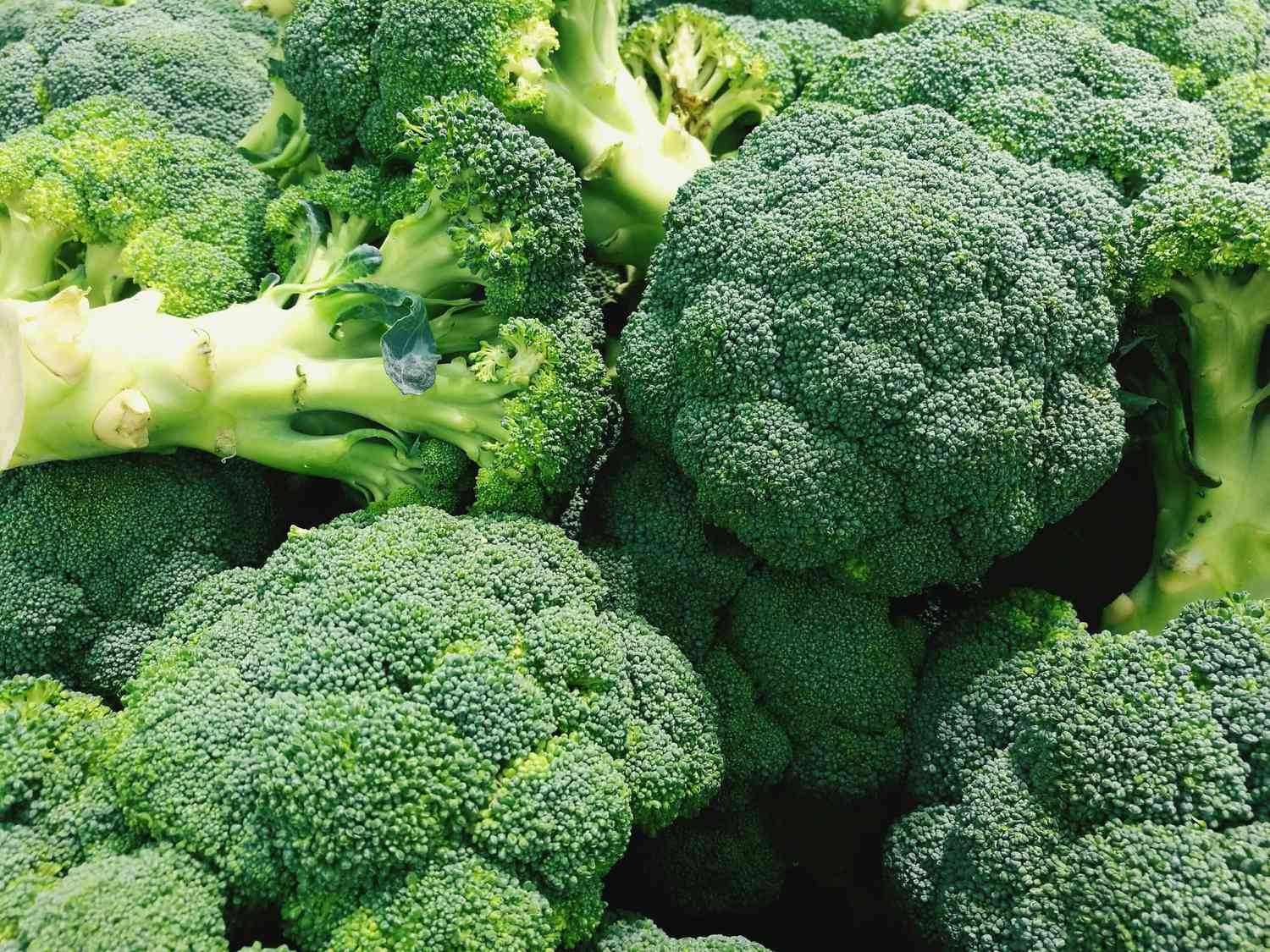
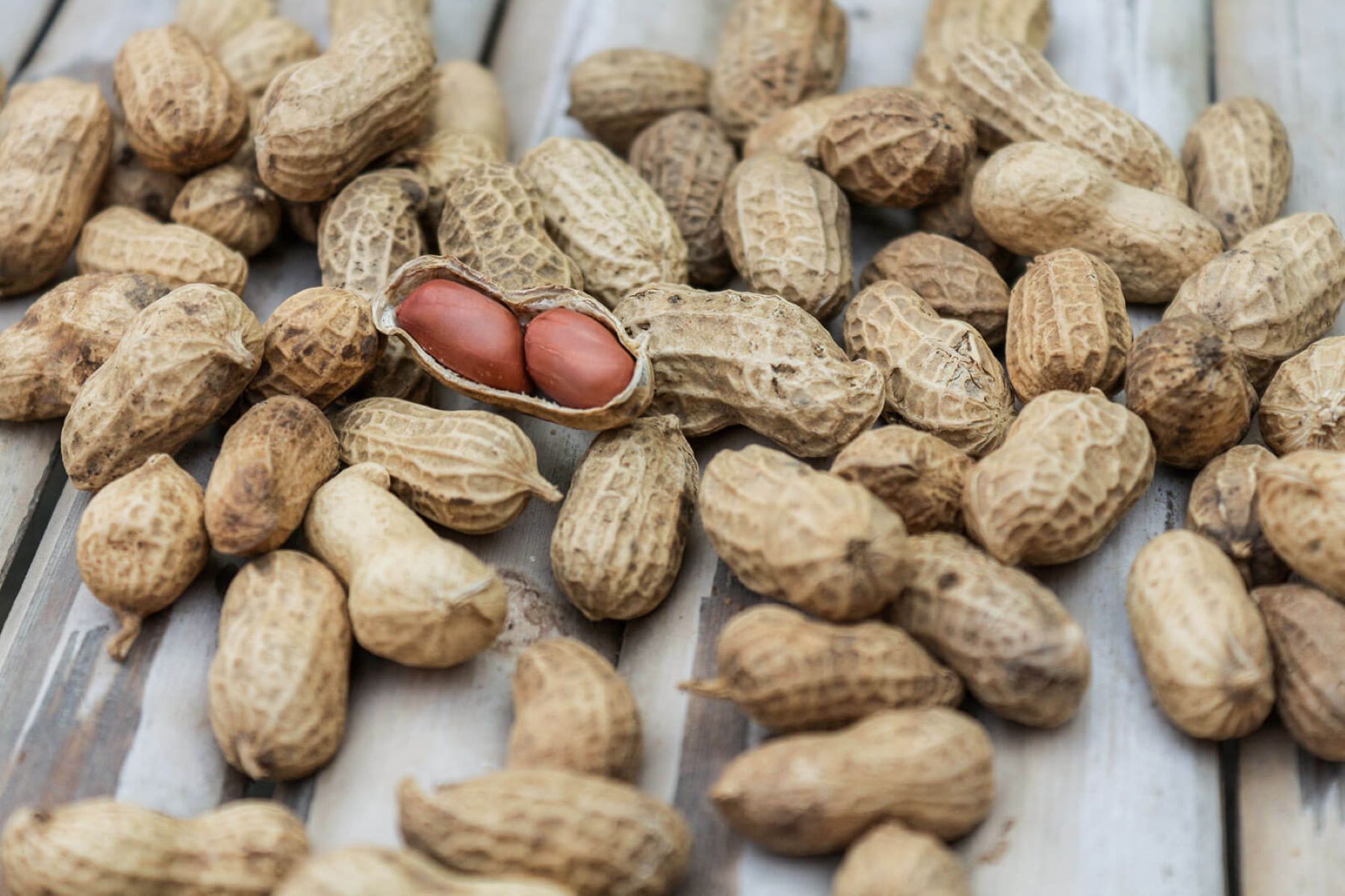
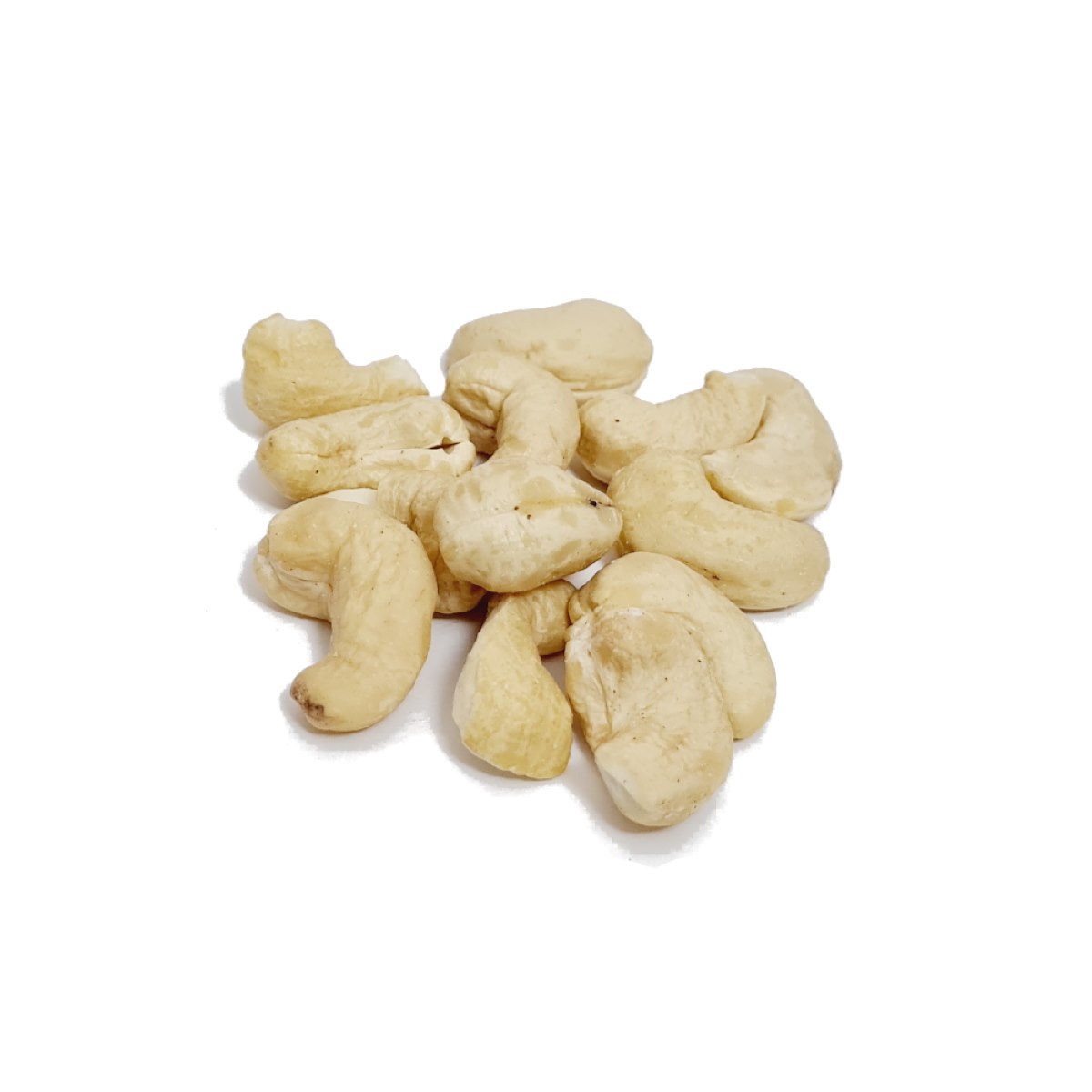
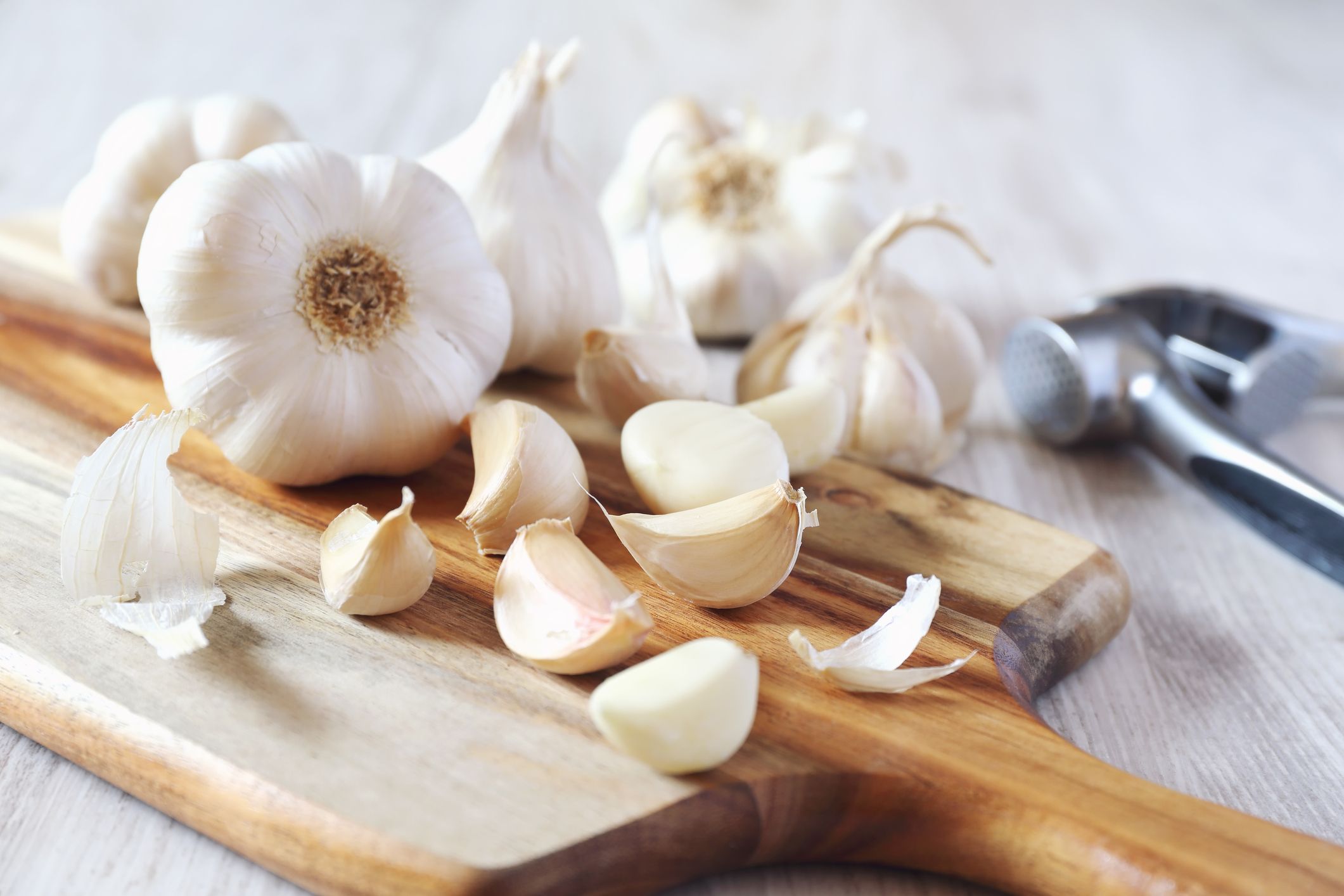
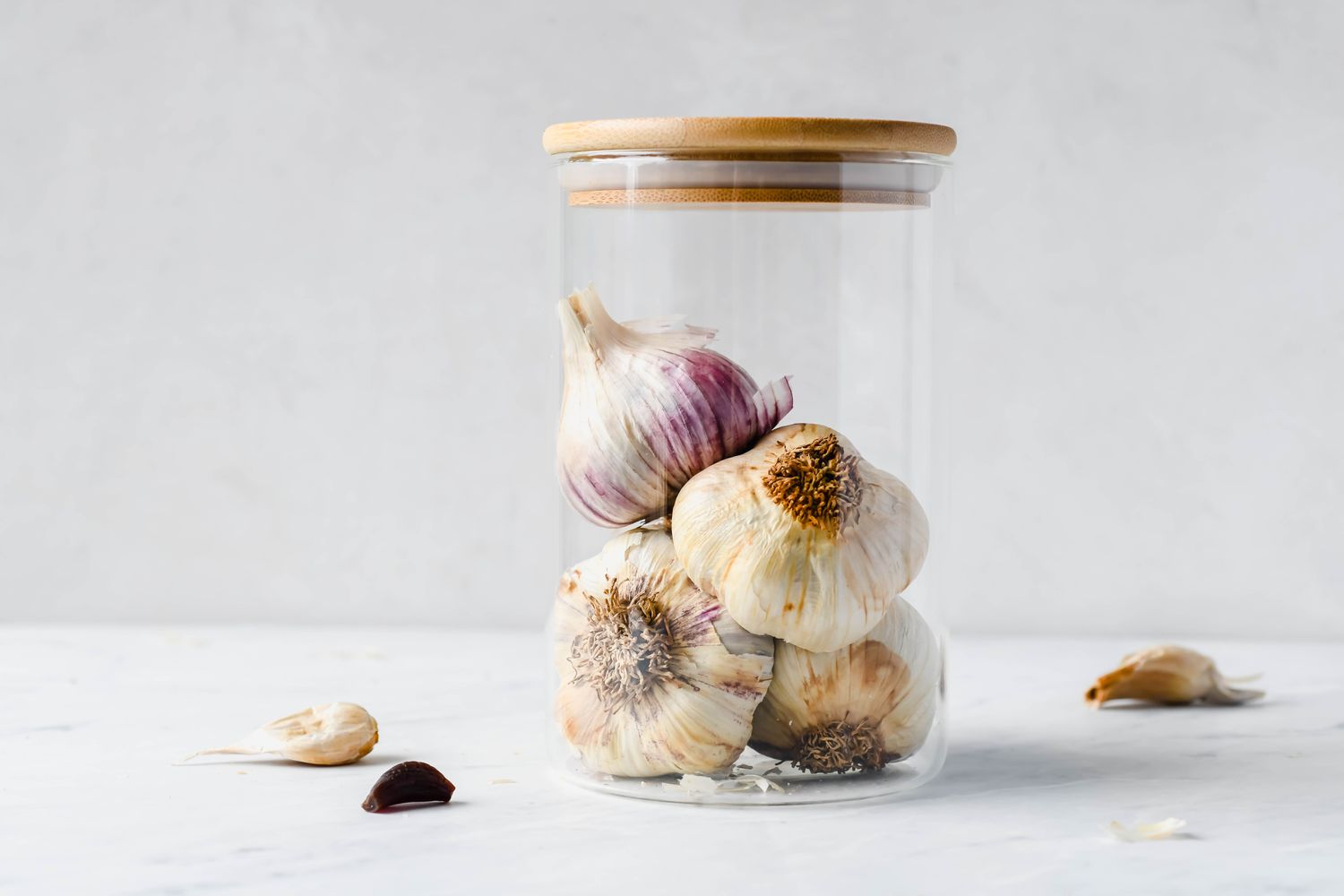
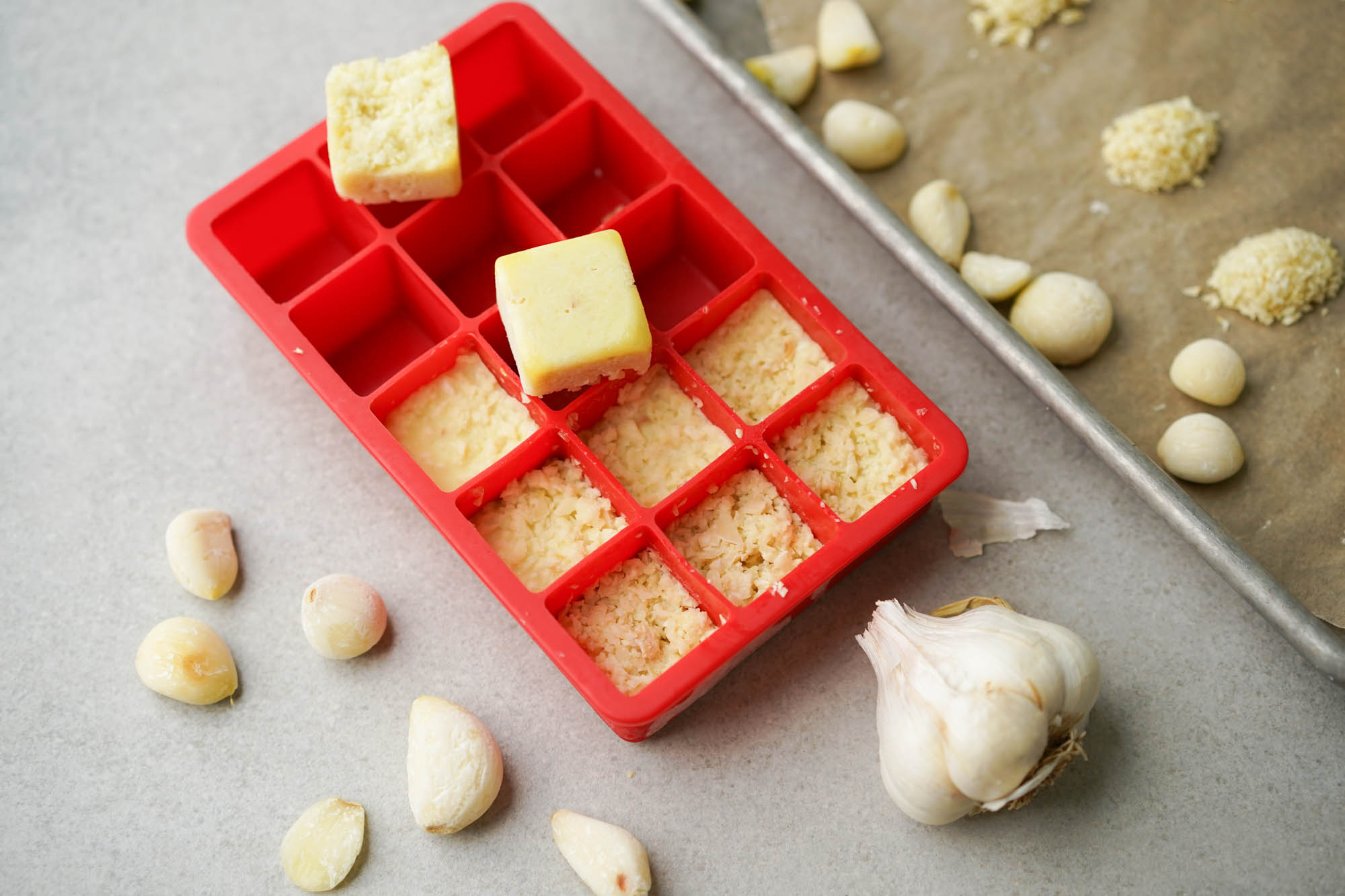
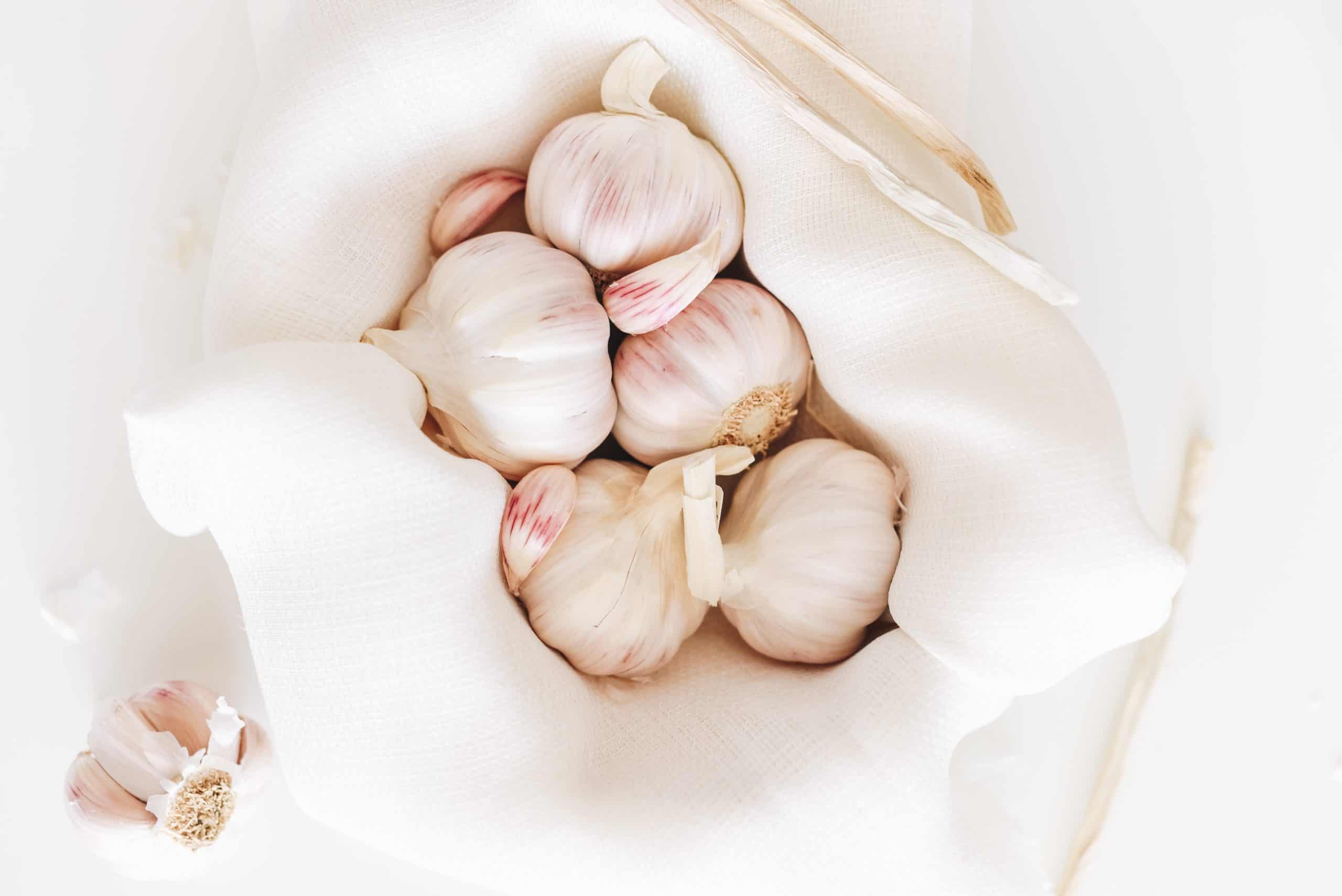
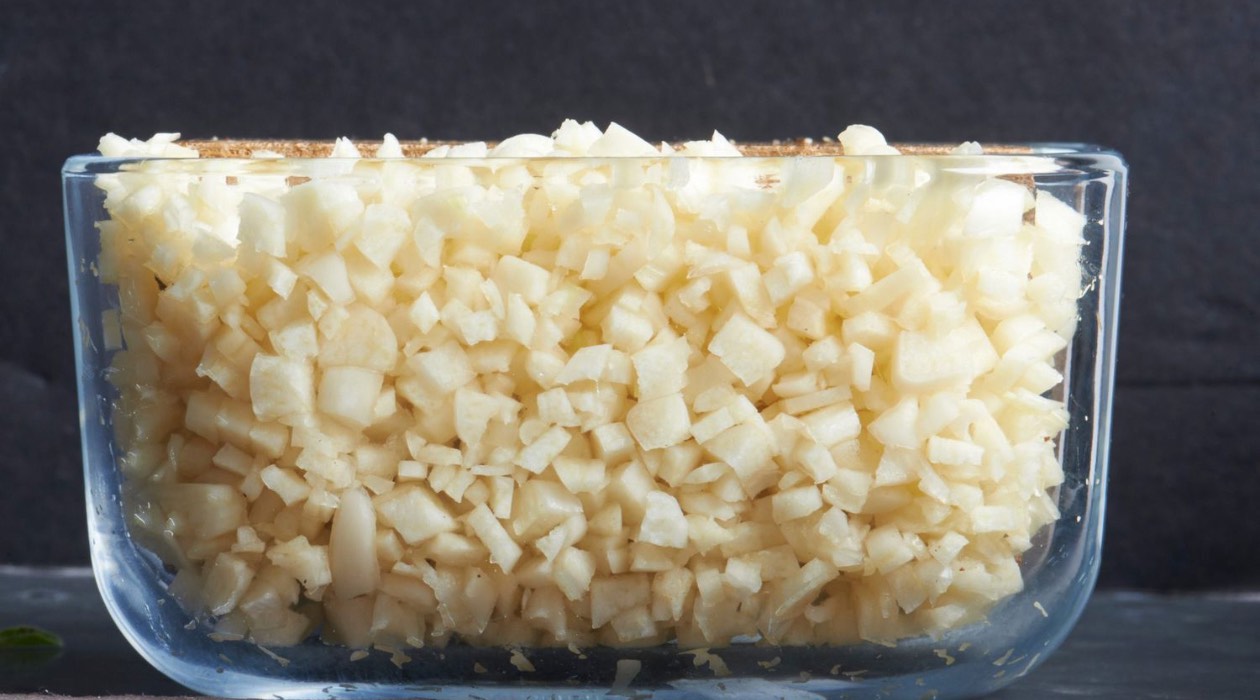
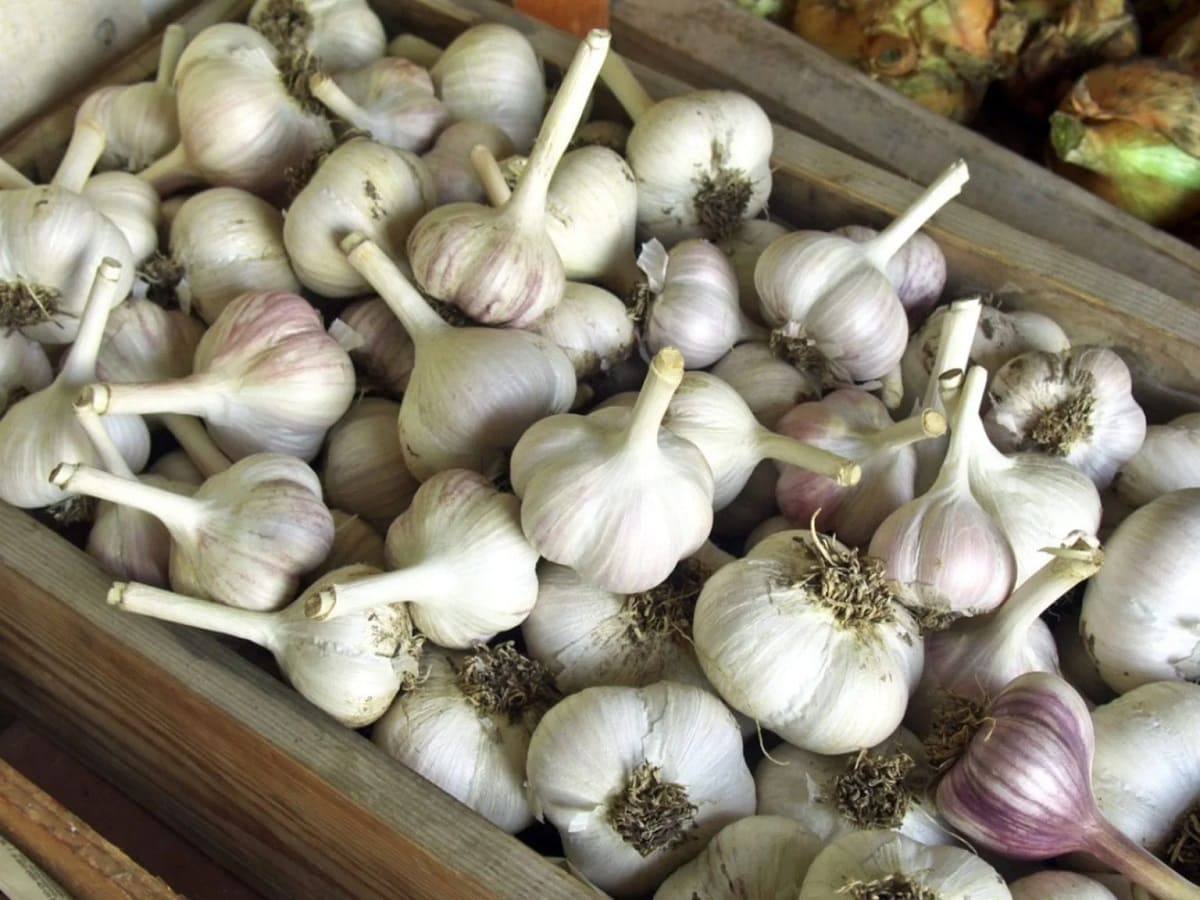
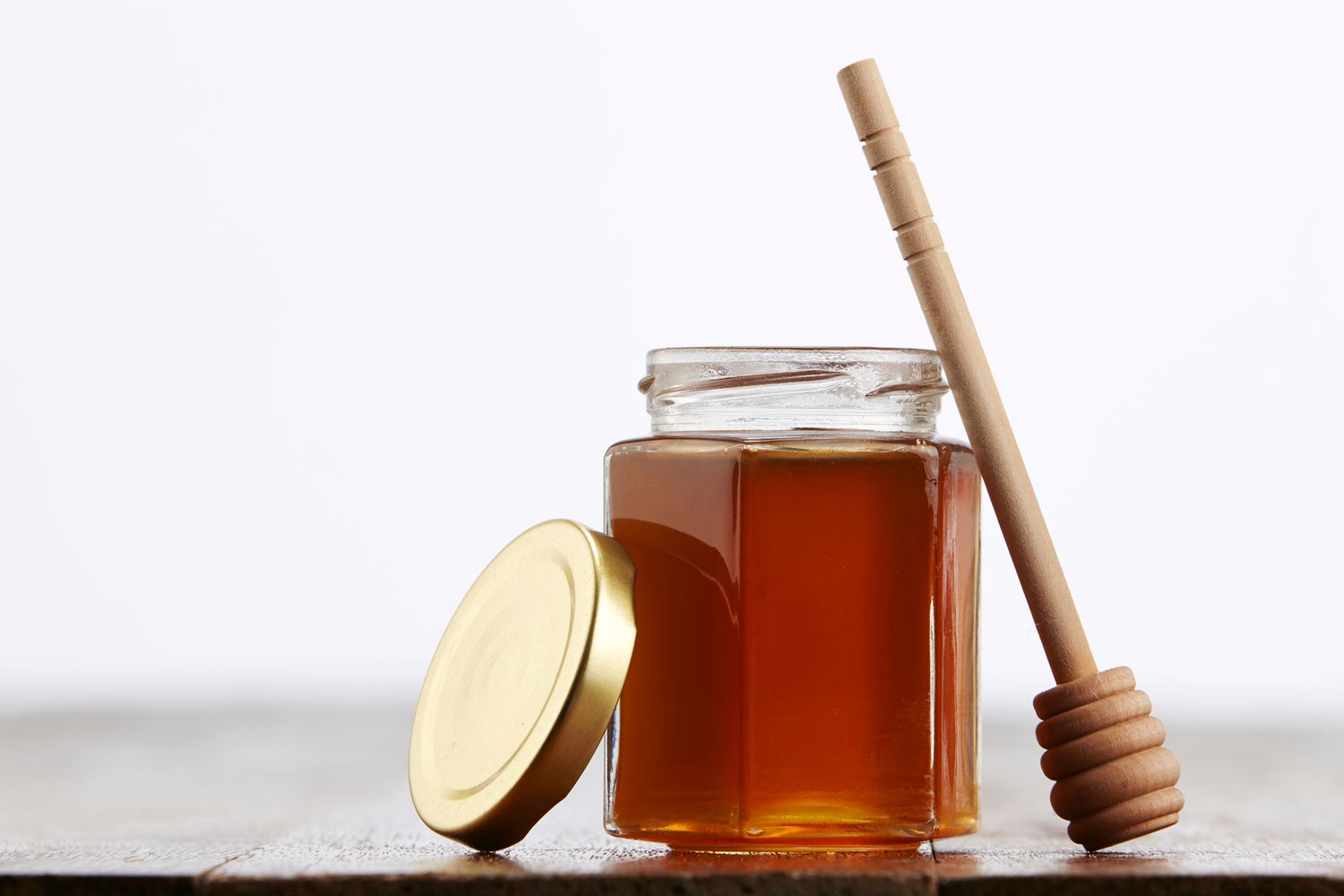
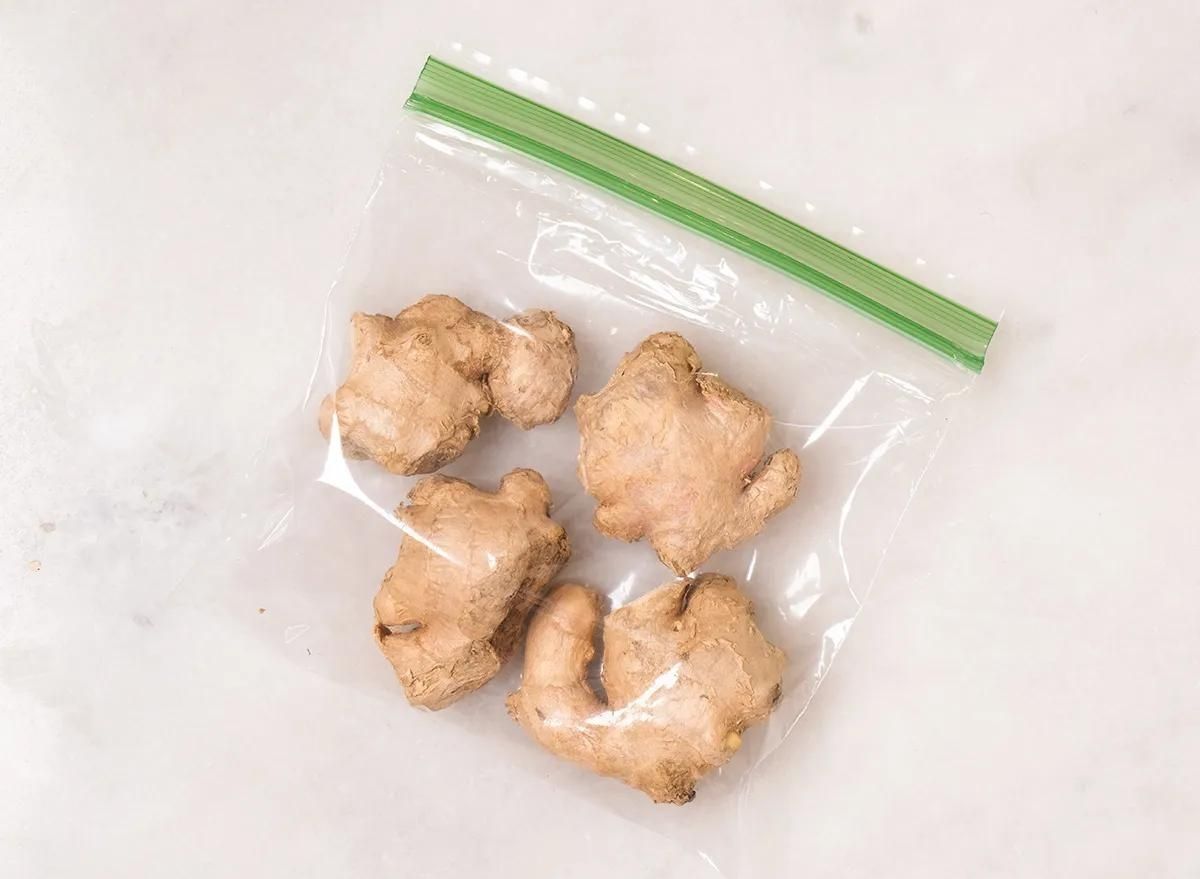
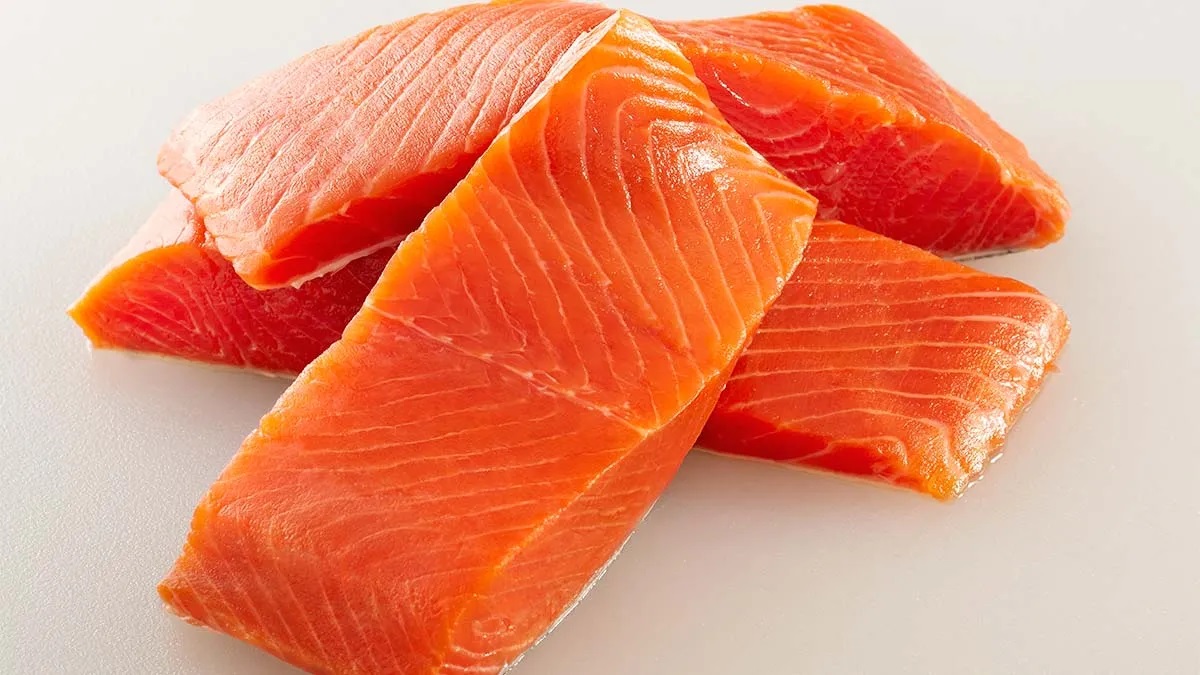
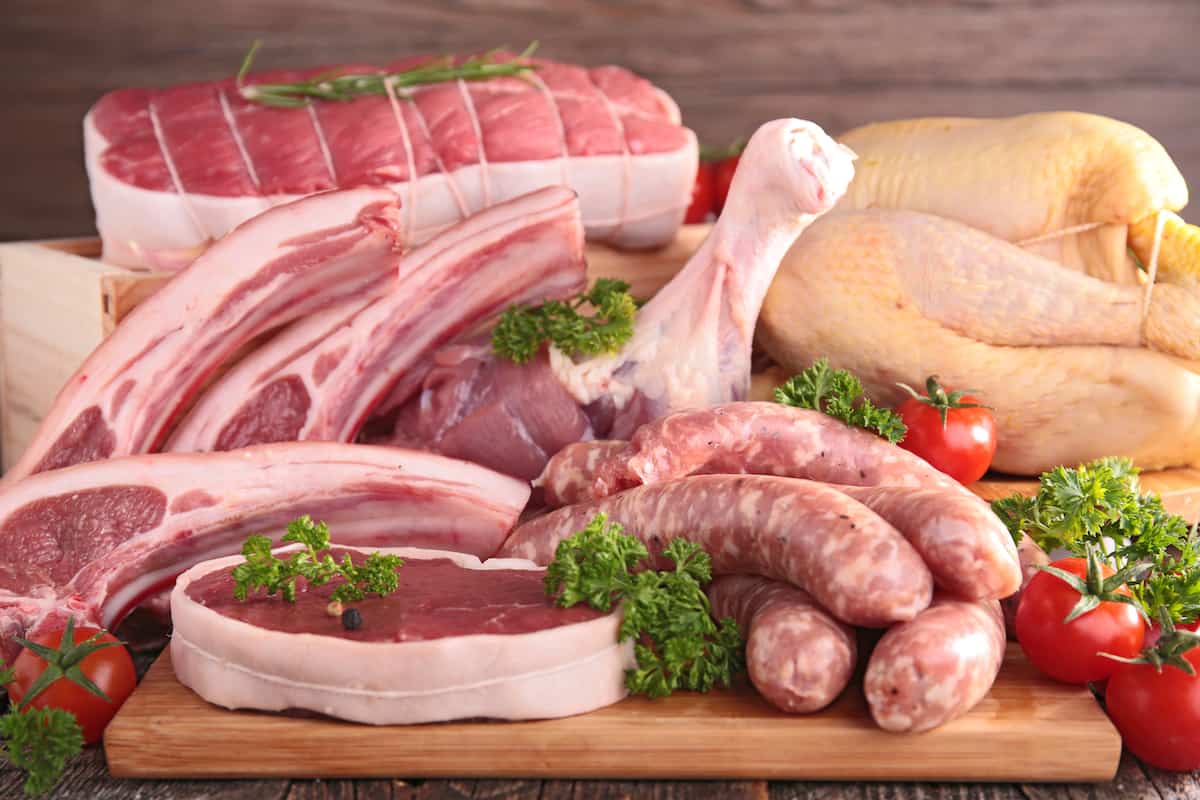
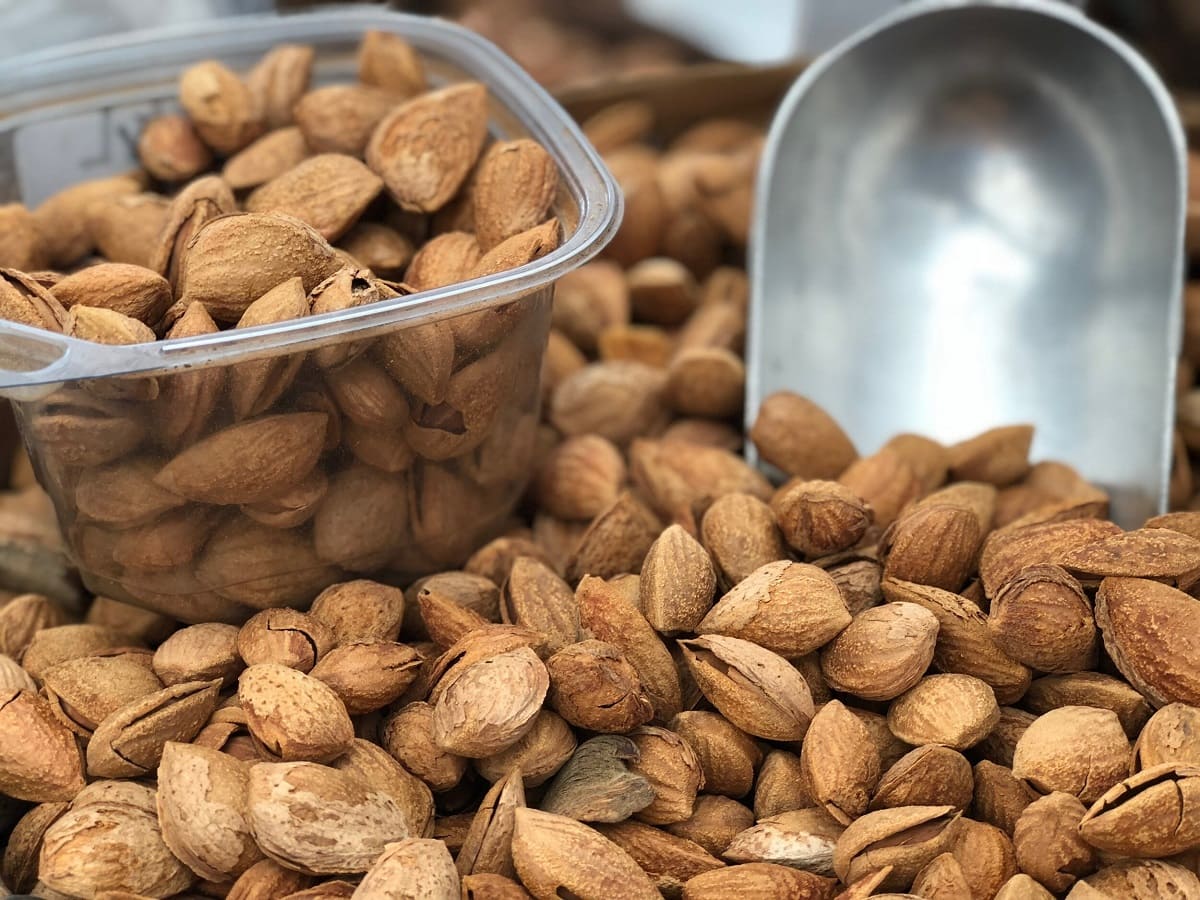

0 thoughts on “How To Store Raw Garlic”